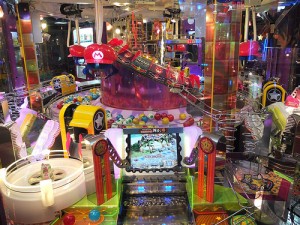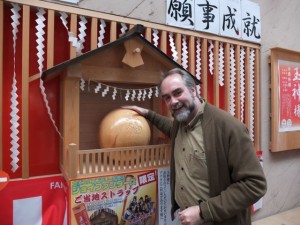From @nowviskie a New York Times article on the New ‘Digital Divide’ Seen in Wasting Time Online.
As access to devices has spread, children in poorer families are spending considerably more time than children from more well-off families using their television and gadgets to watch shows and videos, play games and connect on social networking sites, studies show.
This fits in interesting ways with research I’ve come across in two other contexts. First, it fits with what Valerie Steeves talked about at the GRAND 2012 conference I went to. (See my conference notes.) She reported on her Young Canadians in an Online World research – she has been interviewing young Canadians, their parents and teachers over the years. Between 2000 and now there has been a shift in attitude towards the internet from believing it was good for learning to thinking of it as a minefield.
The other context is a cool book I’m reading on keitai or mobile phones in Japan. Personal, Portable, Pedestrian is a collection edited by Mizuko Ito, Daisuke Okabe and Misa Matsuda about the cell phone phenomenon in Japan. They point out in passing how there are significant national/cultural differences in how technologies are picked up and used.
In the case of the PC Internet, differences in adoption were most often couched in terms of a digital divide, of haves and have-nots in relation to a universally desirable technological resource. By contrast, mobile media are frequently characterized as having different attractions depending on local contexts and cultures. The discourse of the digital divide has been mobilized in relation to Japanese keitai Internet access (see chapter 1) and is implicit in the discourse suggesting that the United States needs to catch up to Japanese keitai cultures. (p. 6)
While we need to be aware of differences in access to technology, we also should be critical of the assumptions underlying the discourse of divides. Why do we assume that the Internet is good and mobiles less so? Why did the Japanese discourse switch from viewing keitai as promoting youth rudeness and isolation to arguing for Japanese technonationalist exceptionalism (we use mobiles more because there is something exceptional about Japanese culture/spirit.)
Which reminds me of a TechCrunch article on How The Future of Mobile Lies in the Developing World. Cell phones for us are one more gadget with which to access the Internet. In the developing world they are revolutionary in that they leapfrogged the problems of physical infrastructure (phone wires) and now provide connectivity for many who had none. It is no wonder that the growth in the cell market is in the developing world.
For many communities, simple voice and text connections have brought about revolutions in access to financial, health, agricultural and education services and opportunities for employment. For example, many farmers in rural areas in Africa and Asia use SMS services to to find out the daily prices of prices of agricultural commodities. This information allows them to improve their bargaining position when taking their goods to market, and also allows them to switch between end markets.


